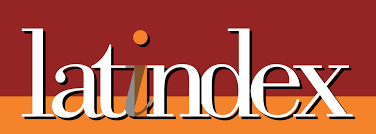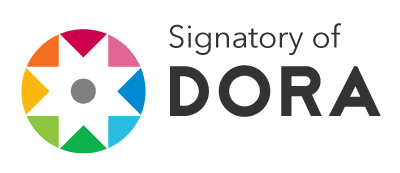Chondroblastic osteosarcoma of the maxilla
DOI:
https://doi.org/10.60094/RID.20220101-10Keywords:
Osteosarcoma, maxilla, cone beam computed tomographyAbstract
Osteosarcoma is the most common primary malignant bone tumor, most commonly occurring in long bones and rarely in the maxillofacial region. The most common signs and symptoms of osteosarcoma are: pain or paresthesia, rapid growth, inflammation and expansion of the cortical bone, facial asymmetry, nasal obstruction, displacement and mobility of neighboring teeth. The case of a 77-year-old male patient with painful symptoms and obstruction of the left nostril is presented. Upon evaluation with cone beam tomography, the presumptive diagnosis was Osteosarcoma corroborated by the incisional biopsy, which categorized it as the chondroblastic subtype.
Downloads
References
Oliveira L, Cunha J, Bezerra B. Chondroblastic osteosarcoma of the mandible: case report J Bras Pat e Med Lab. 2018 Mar/Apr;54(2). https://doi.org/10.5935/1676-2444.20180021
Alvarez-Martinez E, Castro-Espitia L, Ardila-Medina CM. Osteosarcoma condroblástico maxilar: Presentación de un caso. Av Odontoestomatol 2012;28(5):227-31.
Martins GE, Perez SV. Acompanhamento do paciente tratado de osteossarcoma. Acta Ortop Bras. 2012; 20(4):235-9.
Lukschal LF, Barbosa RMLB, Alvarenga RL, Horta MCR. Osteossarcoma em maxila: relato de caso. Rev Port Estomatol Med Dent Cir Maxilofac. 2013; 54(1):48-52. https://doi.org/10.1016/j.rpemd.2012.08.001
Rocha D, Fariña R, Valdez A. Osteosarcoma maxilofacial. Rev Discover Medicine. 2017;1(2):79-80
Published
How to Cite
Issue
Section
License
Copyright (c) 2022 Reporte Imagenológico Dentomaxilofacial

This work is licensed under a Creative Commons Attribution 4.0 International License.
This work is licensed under a Creative Commons Attribution 4.0 International License.
AUTHORS RETAIN THEIR RIGHTS:
You are free to:
- Share: copy and redistribute the material in any medium or format for any purpose, including commercially.
Adapt: remix, transform and build upon the material for any purpose, including commercially.
The licensor cannot revoke these freedoms as long as you follow the terms of the license under the following terms:
- Attribution : you must give proper credit , provide a link to the license, and indicate if changes have been made. You may do so in any reasonable manner, but not in such a way as to suggest that you or your use is supported by the licensor.
- No additional restrictions: you may not apply legal terms or technological measures that legally restrict others from making any use permitted by the license.











